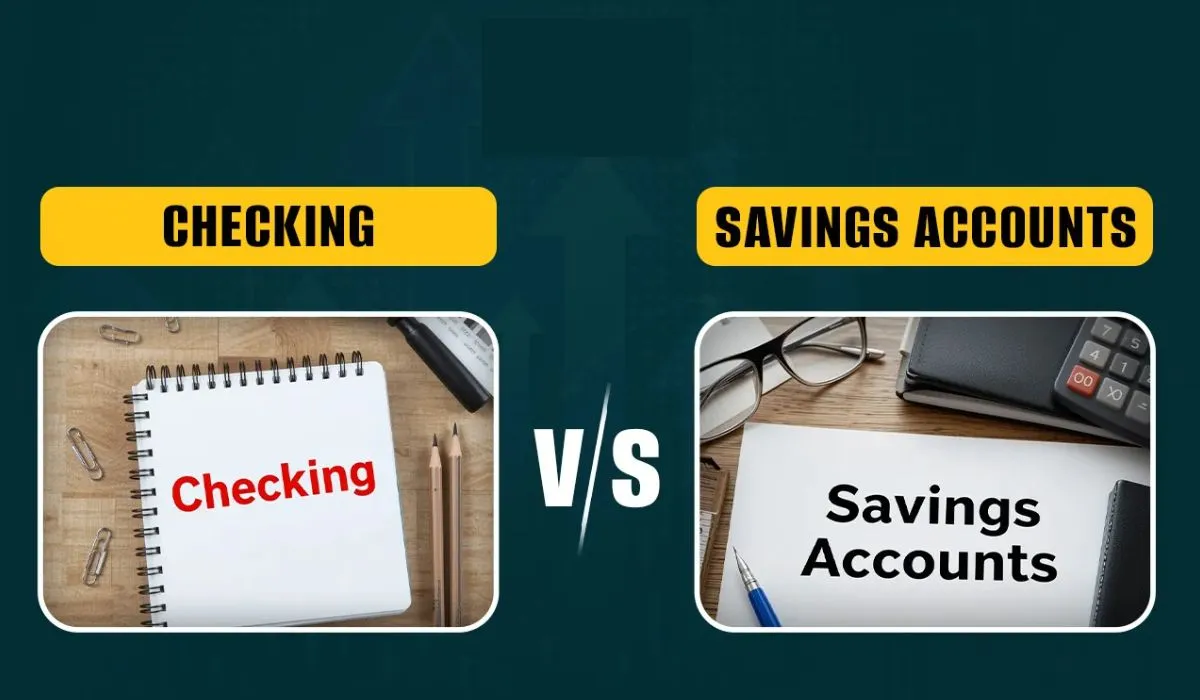Risk management is the process of identification, analysis, and overcoming or acceptance of uncertainty in investment decisions. Risk management occurs when an investor analyzes and tries to quantify the potential losses in an investment. Then the investor has to take appropriate action related to the investment’s objectives. Risk tolerance is also a factor. Risk is something inseparable from investment. Every investment has some amount of risk inherent in it. It can be high or low. Risk is quantifiable. It is quantifiable in terms of absolute and relative terms. A good understanding of risk in its different forms is essential so as to better understand the opportunities, trade-offs, and costs involved in various approaches to investment.
Let’s understand Risk Management
Image source: wikifinancepedia.com
Risk management occurs everywhere in finance. Stockbrokers use financial tools like options and futures, and money managers use strategies like portfolio diversification, asset allocation, and position sizing to manage risk.
If risk management is not done properly, it can have severe consequences for investors and the economy.
How Risk Management works
Image source: everhour.com
Risk is often thought of or seen as having a connotation in negative terms. However, the risk has a role to play in the investment. It is inseparable from desirable performance in investment. Risk is commonly defined as a deviation from an expected outcome. This deviation from an expected outcome can be defined relative to something like a market benchmark.
This deviation can be positive or negative. To achieve higher returns, one has to take some amount of risk. It is also a generally accepted idea that increased risk results in more volatility. Investment professionals constantly seek to reduce the volatility involved. But there is no clear agreement as to how it can be best done.
How much volatility an investor chooses to accept depends on the individual investor’s tolerance for risk. It also depends on how much tolerance their investment objectives allow.
One of the most commonly used absolute risk metrics is the standard deviation. Standard deviation is a statistical measure of central tendency. Here, the average return of an investment is seen and then its average standard deviation over the same time period is found out. Numerically finding out standard deviation can be helpful in estimating risk.
Risk Management and Psychology
Image source: pcwdld.com
The field of behavioral finance has contributed to the risk equation. It has shown asymmetry between how people view profits and losses. A concept relevant to risk management in psychology was introduced by Amos Tversky and Daniel Kahneman in 1979. They showed that investors feel twice worse about the pain as good feeling about the profit.
Often, what investors really want to know is not just how much an asset deviates from its expected outcome, but also how bad things look on the left-hand tail of the distribution curve. An important concept here is the Value at risk (VAR). The idea behind VAR is that how large a loss on investment could be with a given level of confidence over a defined period.
Beta and Passive Risk Management
Image source: itprotoday.com
Drawdown is another concept in risk management when it comes to behavioral tendencies. It refers to any period in which an asset’s return is negative to a previous high mark. There are 3 things to be considered when measuring drawdown:
ā¦ The magnitude of each negative period (how bad)
ā¦ The duration of each (how long)
ā¦ The frequency (how often)
Alpha and Active Risk Management
Image source: aipc.ae
If the level of market or systematic risk were the only factor, then a portfolio’s return would always be equal to the beta-adjusted market return. Obviously, this is not the case. Returns vary because of many factors that are unrelated to market risk. Investment managers who take on other risks to achieve excess returns over the market’s performance. Some of such techniques are leverage selection, fundamental analysis, position sizing, and technical analysis.
Market risk
Image source: ig.com
Market risk is the possibility that an individual or an entity will experience losses due to factors that affect the performance of investment when it comes to financial markets. Market risk cannot be eliminated by diversification. There are many other ways of reducing it. Sources of market risk include recessions, political changes, and changes in interest rates, natural disasters, and terrorist attacks. Market risk tends to affect the market.
This can be contrasted with unsystematic risk. It is also called nonsystematic risk, specific risk, residual risk, or diversifiable risk. It can be reduced by diversification.
Conclusion
Image source: reciprocity.com
Proper risk management is important in investment. Risk is an inherent part of our day-to-day lives. Even the simplest decisions we make, whether personal or professional, have risks. Investing money has been a risky business. There is always the possibility of wrong long-term outcomes. This is because of the various permutations and combinations which operate. Taking precautionary steps is important to reduce or curb the risk. Not giving due importance to risk management while making investment decisions can be damaging in times of financial turmoil in an economy. Risk management is important because it empowers a business with the necessary tools so that it can adequately identify and deal with potential risks. Risk management is a part of decision-making. Once a risk has been identified, it has to be managed. It can be both easy and difficult. Risk management should be maintained in an organization. It is the process of how to best handle exposure such as risk. The benefits of a risk management program are to see risks that are not apparent, provide insights and support, build better defense, reduce business liability, and frame regulatory issues. Businesses face a lot of risks, hence risk management should be an integral part of any business’ strategic management. One can learn a lot from risk management. Risk management is a dynamic field. The array of practices of risk management has evolved over time. Risk management should be assessed in investment.
By Bhawna









